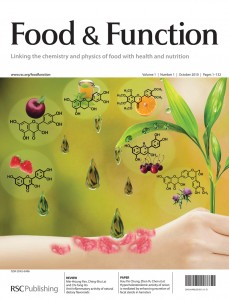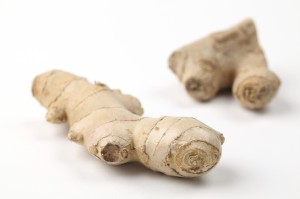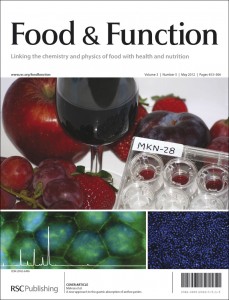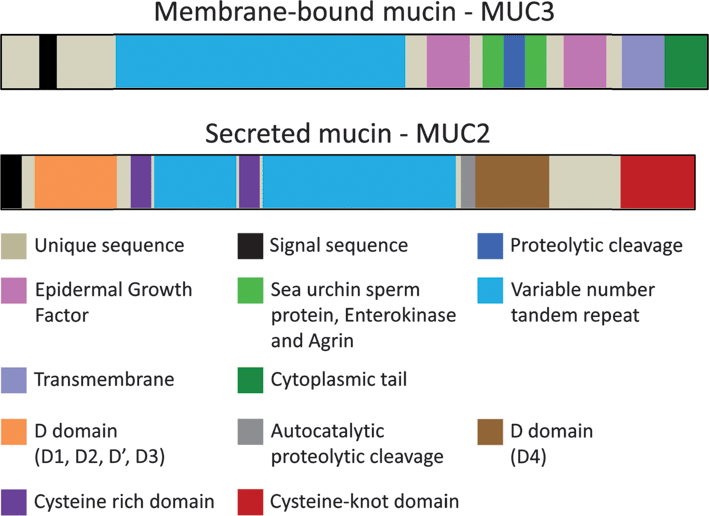 Food & Function has consistently published strong review content since it’s launch, and 2012 looks set to continue this trend. Here is a look back at the most cited review content from 2010-2011 – all completely free to access!
Food & Function has consistently published strong review content since it’s launch, and 2012 looks set to continue this trend. Here is a look back at the most cited review content from 2010-2011 – all completely free to access!
Insights into the metabolism and microbial biotransformation of dietary flavan-3-ols and the bioactivity of their metabolites, Maria Monagas, Mireia Urpi-Sarda, Fernando Sánchez-Patán, Rafael Llorach, Ignacio Garrido, Carmen Gómez-Cordovés, Cristina Andres-Lacueva and Begoña Bartolomé, Food Funct., 2010, 1, 233-253
Review of in vitro digestion models for rapid screening of emulsion-based systems, David Julian McClements and Yan Li, Food Funct., 2010, 1, 32-59
Combining nutrition, food science and engineering in developing solutions to Inflammatory bowel diseases – omega-3 polyunsaturated fatty acids as an example, Lynnette R. Ferguson, Bronwen G. Smith and Bryony J. James, Food Funct., 2010, 1, 60-72
Anti-inflammatory activity of natural dietary flavonoids, Min-Hsiung Pan, Ching-Shu Lai and Chi-Tang Ho, Food Funct., 2010, 1, 15-31
Mechanisms underlying the cholesterol-lowering properties of soluble dietary fibre polysaccharides, Purnima Gunness and Michael John Gidley, Food Funct., 2010, 1, 149-155
Bioactive peptides derived from milk proteins and their health beneficial potentials: an update, Ravinder Nagpal, Pradip Behare, Rajiv Rana, Ashwani Kumar, Manoj Kumar, Sanu Arora, Fransesco Morotta, Shalini Jain and Hariom Yadav, Food Funct., 2011, 2, 18-27
Inhibition of advanced glycation endproduct formation by foodstuffs, Chi-Hao Wu, Shang-Ming Huang, Jer-An Lin and Gow-Chin Yen, Food Funct., 2011, 2, 224-234
Effects of eggs on plasma lipoproteins in healthy populations, Maria Luz Fernandez, Food Funct., 2010, 1, 156-160
The potential role of milk-derived peptides in cardiovascular disease, Martha Phelan and David Kerins, Food Funct., 2011, 2, 153-167
The metabolism and analysis of isoflavones and other dietary polyphenols in foods and biological systems, Stephen Barnes, Jeevan Prasain, Tracy D’Alessandro, Ali Arabshahi, Nigel Botting, Mary Ann Lila, George Jackson, Elsa M. Janle and Connie M. Weaver, Food Funct., 2011, 2, 235-244
Stay up-to-date with the latest content in Food & Function by registering for our free table of contents alerts!
Comments Off on Top 10 cited reviews from 2010-2011
















 Food & Function
Food & Function